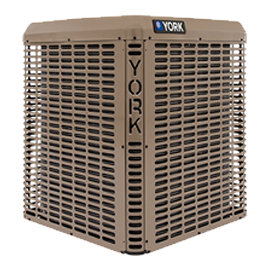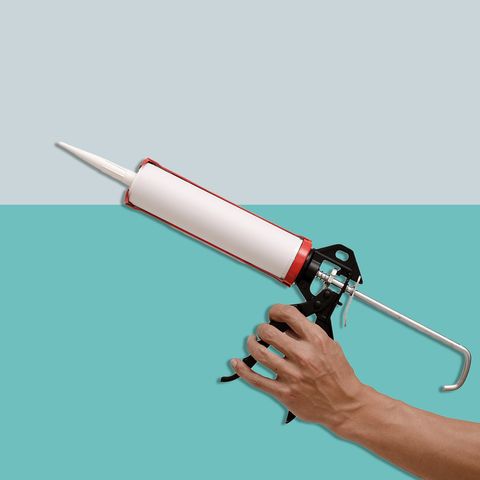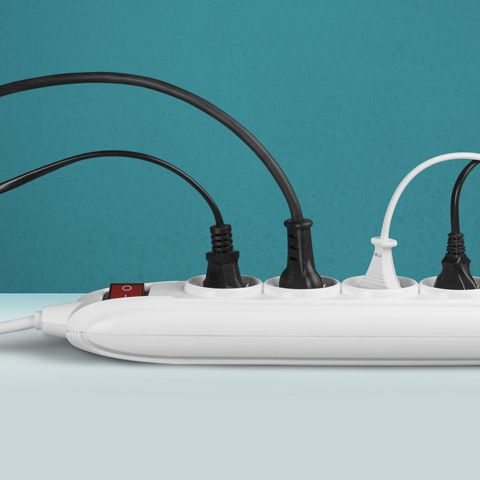[ad_1]
How does a few extra hundred bucks in your pocket sound? And what’s not to love about extending the life of your home’s major systems and appliances? That’s the minimum you’ll save—and the least you can expect—this year with the following energy efficiency tips from Rachel Rothman, Chief Technologist at the Good Housekeeping Institute.
Besides boosting your household budget, the cutback in energy use will also help out Mother Earth (hey, every little bit counts). With so much upside to making your home and household habits more energy efficient, there’s no time like the present to get started.
Heat and cool for less
Together, heating and cooling account for more than half of the average home’s total energy costs, according to the U.S. Energy Information Administration. Replacing outdated equipment will lead to the biggest savings, thanks to major innovations in manufacturing.
For example, if your central AC unit is more than a decade old, upgrading to a new high-efficiency unit will slash cooling costs by about a third. The savings could be even greater if you go with a heat pump system, which reduces energy use by as much as 60 percent. Several York Split System Heat Pumps, which can provide both heating and cooling, carry the Good Housekeeping Seal; plus they qualify for federal tax credits of $300.
Upgrading to a new high-efficiency HVAC will slash your cooling costs by about a third.
If you don’t need to replace your heating and cooling equipment, but your thermostat is old, switching to a new smart thermostat is another great way to save, since the device will automatically adjust temperatures when you’re asleep or away.
Eliminate drafts
Did you know that if you add up all gaps and cracks around windows and doors in the average home, it’s equivalent to an entire window being left open 24/7? Sealing these leaks with a combination of caulk, weatherstripping, and expanding foam sealant (our testers found this one very easy to work with, even for novice DIYers) could reduce your annual energy costs by $100 or more.
To find the biggest leaks in your home, turn on all the exhaust fans in the kitchen, bathroom, and attic and hold a lit incense stick by windows, outlets, doors, and any other suspected areas. If smoke blows sideways, you have a leak.
You can also bring in a pro for an energy audit. They’ll use infrared cameras and other sophisticated equipment to pinpoint every inefficiency in the home, and then provide the best course of treatment for each. Audits cost between $200 and $700, depending on your house size; rebates often apply.
Go easy on the hot water
It’s easy to forget that hot water uses energy. In fact, it’s probably about 15 percent of your total energy bill. If your water heater is more than a decade old, switching to a new high-efficiency unit could cut your energy use in half, saving $3,500 over the life of the unit.
As for behavioral changes, taking shorter showers and washing clothes in cool water will give your water heater a breather, adding months, if not years, to the life of the unit. You should also skip the pre-rinse if you are running a dishwasher cycle right away, since our tests have found that today’s dishwashers, with their advanced sensors and spray technology, get the job done without it. Additionally, running a full load is always an energy smart move.
And next time you’re up for a good weekend project, replace any old showerheads with low-flow models, to save upwards of 2,700 gallons per year.
Clamp down on “vampire power”
The typical U.S. home has more than 20 electronic devices—TVs, computers, media streamers, and so on—and many of them gobble up electricity even when they’re not in active use. This so-called “vampire power” could account for up to 10 percent of your electric bill, according to the Lawrence Berkeley National Laboratory. The surest fix is to plug power hungry electronics, including video game consoles and cable boxes, into an advanced power strip that will prevent them from drawing power when not in use.
Power strips prevent electronics from drawing power when not in use.
Another wise move: pick up a few smart plugs, which will enable you to control electronics remotely via smart phone app. So, if you forget to the turn the window air conditioner off before leaving town for the weekend, you can do it from the road.
Put the sun to work
That big ball of fire in the sky has a huge impact on your energy costs. For starters, there’s solar heat gain, a good thing in the winter, since it helps warm the house, but a bad thing in the summer, for the same reason. When replacing windows, choose units with special coatings on the glass that will reduce either heat loss or heat gain, depending on your climate. Awnings, blinds, and even a well-placed shade tree can have the same effect.
Then there are more direct ways to harness the sun’s power. While surely an investment, rooftop solar panels can provide enough electricity to power an entire house. They’re expensive to install, but federal tax credits cover about a quarter of the cost ($10,000 or more in many cases). Depending on electricity rates in your state, that could help the system pay for itself in ten years or less.
This content is created and maintained by a third party, and imported onto this page to help users provide their email addresses. You may be able to find more information about this and similar content at piano.io
[ad_2]



